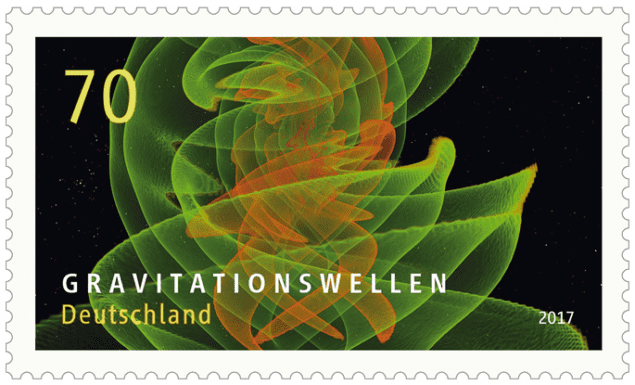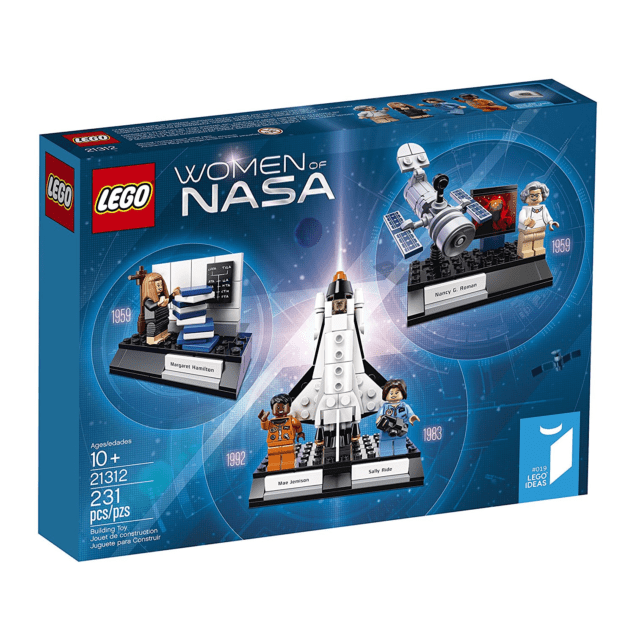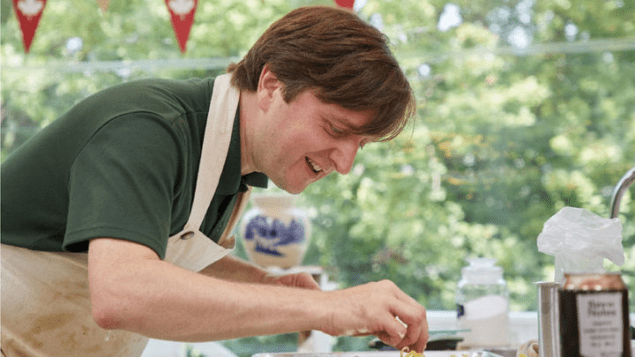
By Michael Banks and Hamish Johnston
For those wanting to add a physics twist to your season’s greetings, you now can thanks to Germany’s Federal Ministry of Finance. It has announced two new stamps that will go on sale in the country on 7 December. A €0.40 stamp will feature the European Space Agency’s Gaia satellite and will be the first German stamp to include a metallic coating. Gaia was launched in 2013 to measure the positions and distances of astronomical objects, including stars, planets as well as comets. The ministry also announced a €0.70 stamp that depicts the gravitational waves that emerge from the collision of two black holes. The simulation was made by researchers at the Albert Einstein Institute (AEI) in Potsdam, Germany. “The ministry did not announce whether letters equipped with the new gravitational-wave stamp will be transported at the speed of light,” states an AEI press release.

Are you looking for a NASA-themed present for someone who is crazy about space? We can recommend LEGO’s “Women of Nasa” building kit, which features minifigures of four women who have made major contributions to the agency. These include NASA executive and “Mother of Hubble” Nancy Roman, who pioneered space astronomy; and the computer scientist Margaret Hamilton, who led the development of the on-board flight software for NASA’s Apollo Moon missions. Also in the kit are the astronauts Sally Ride, who was the first American woman in space and Mae Jemison, the first African-American woman in space.

Earlier this year Physics World visited the physicist Nathan Myrvold at his “cooking lab” in Seattle and learned just about everything one would ever want to know about “The physics of bread”. Elsewhere in the Pacific Northwest, the Vancouver-based physicist James Hoyland is competing on The Great Canadian Baking Show, which premiered Wednesday on CBC. Originally from Darlington in north-east England, Hoyland told the Metro newspaper, “I’m still an experimental person – there’s physics and chemistry as well. People say cooking is art but baking is science. There’s some truth to it, but there’s still art involved. It’s more like engineering.”



